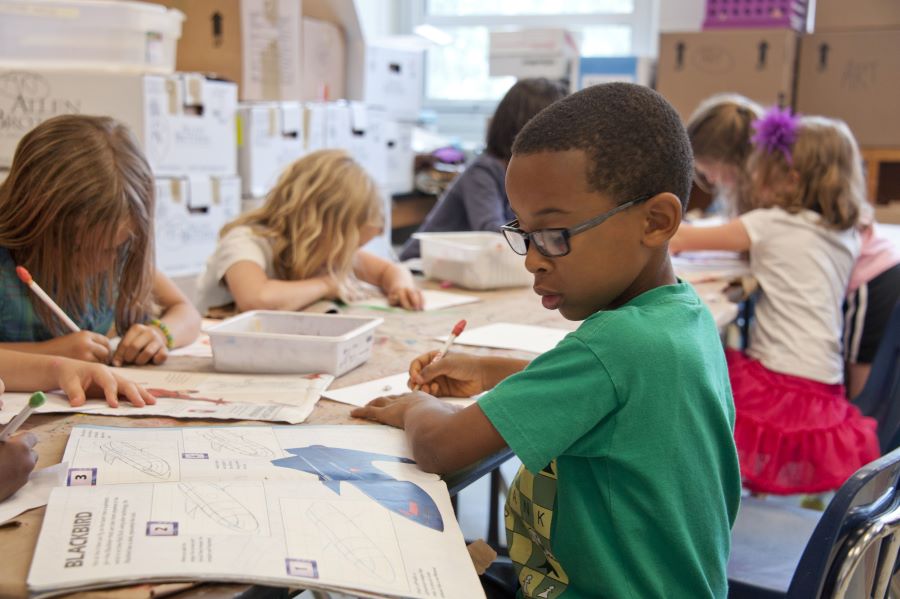Are You Prepared to Address These Concerns About Your School Surveillance System?
While surveillance cameras improve school safety, they also come with privacy, trust, and legal concerns

The benefits of surveillance in schools are well-documented: security cameras help reduce crime, prevent bullying and fighting, control building access, and make campuses a safer place for teachers, staff, and students. But that’s not to say there aren’t drawbacks to school surveillance systems.
Surveillance is a contentious topic — especially in schools, where cameras are trained on children. Part of planning and operating an effective school surveillance system is knowing what issues could arise and effectively communicating how your administration will handle them to parents, teachers, and the community. Below, we’re covering three school surveillance issues that you should be prepared to address when problems occur in your Houston, TX, school.
SEE ALSO: Discover 4 Surprising Benefits of School Access Control Systems
Student and Teacher Privacy
Your school has an ethical and legal responsibility to install surveillance cameras only in areas that do not violate a student or teacher’s right to privacy. You should never install hidden cameras or cameras in private places like bathrooms, locker rooms, and employee lounges. When designing a school surveillance system, make sure that all camera placements are visible in areas with a low expectation of privacy.
Mistrust
The presence of surveillance cameras can stir up a potent mix of suspicion, fear, mistrust, and apprehension among students and teachers who feel like they’re being spied on during the day. Students and teachers alike may come to resent the idea that every movement and decision is being watched and judged.
The most effective way to get ahead of these concerns is to be upfront and transparent from the get-go. Give students, teachers, and parents clear communications about where cameras are located and why they’re necessary. Reinforce the benefits of surveillance— cameras help school administrators respond faster to emergencies, prevent crimes, hold bullies and thieves accountable, and protect the well-being of everyone on campus.
Video Footage Access
What do you do when a parent, law enforcement officer, or the media requests access to view school surveillance footage? Make sure your school administrators are up-to-date on the legality of showing video footage to third parties. In these situations, your administrators must be prepared to navigate tricky cases involving student privacy, school security, and transparency.
Here are some guiding legal principles to explore further:
- The Fourth Amendment states that students cannot be subjected to unreasonable searches. Several court decisions have found that video surveillance footage doesn’t violate the Fourth Amendment if cameras are surveilling areas “in plain view” where there is a low expectation of privacy — like hallways, parking lots, auditoriums, and classrooms.
- The Family Educational Rights and Privacy Act (FERPA) require federally funded schools to protect the confidentiality of student information. Parents and students have the right to request access to educational records — including surveillance footage — when the material is directly related to a student. Keep in mind that “direct relation” can be open to interpretation depending on what the footage reveals.
- All states have a public records law that dictates who can access materials like FERPA-protected school video recordings. Brush up on Texas’s open records law to determine how to handle footage requests from law enforcement, the media, parents, and citizens’ groups.
Does your Houston, TX, school need guidance to design and install an effective school surveillance system? ASAP Security Services specializes in security cameras, access control, gunshot detection, mass notification systems, and other tools you need to protect teachers and students. Call 877-418-ASAP or fill out a contact form to schedule a consultation with our experts.